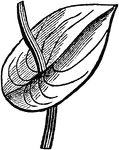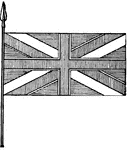
Massachusetts Sixth Attacked When Marching Through Baltimore
The Massachusetts Sixth is the first to leave to save Washington from the Confederates. However, they…
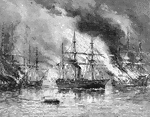
Norfolk Navy Yard Burning
The Norfolk Naval Yard, also known as the Norfolk Naval Shipyard became an integral shipyard during…
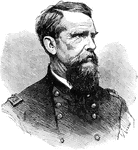
Francis Preston Blair Jr.
Francis Preston Blair Jr. (1821 - 1875) was an American politician and Union Army general during the…
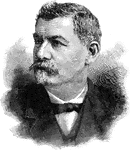
General George B. McClellan
General George B. McClellan (1826 - 1885) was a major general during the Civil War. He is most known…
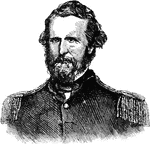
General Nathaniel Lyon
General Nathaniel Lyon (1818 - 1861) was the first Union general to be killed in the Civil War and is…

First Battle of Bull Run
The First Battle of Bull Run is also known as the First Battle of Manassas and was the first major land…

Battle of Belmont
The Battle of Belmont was fought on November 7, 1861 in Mississippi County, Missouri. This battle was…

General James Abram Garfield
James Abram Garfield (1831 - 1881) was the 20th President of the United States and General of the Union…

Battle of Pea Ridge
The Battle of Pea Ridge, also known as Elkhorn Tavern, was fought on March 7th and 8th in 1862 during…
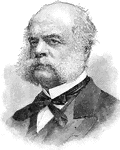
General Ambrose Everett Burnside
Ambrose Everett Burnside (1824 - 1881) was an American soldier, railroad executive, inventor, industrialist,…

USS Carondelet
The USS Carondelet was a City class ironclad gunboat constructed for the Union Navy by James…
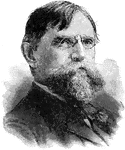
Lewis Wallace
Lewis "Lew" Wallace (1827 - 1905) was a lawyer, governor, and Union general in the Civil War. He is…

Battle of Cold Harbor
This sketch depicts the famous New Cold Harbor where the Battle of Cold Harbor took place. This was…

Harrison's Landing
Harrison's Landing at Berkeley Plantation is one of the first great estates in America located on the…
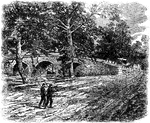
Burnside's Bridge
Burnside's Bridge is a landmark on the Antietam National Battlefield near Sharpsburg, Maryland. During…

Union Uniforms
This sketch depicts Americans exchanging rags for U.S. Army clothing or uniforms to fight for the Union…
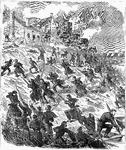
Battle of Fredericksburg
The Battle of Fredericksburg was fought in and around Fredericksburg, Virginia from December 11 to December…

Doubleday's Skirmishes at Fredericksburg
Abner Doubleday (1819 - 1893) was a career United States Army office and Union General in the Civil…

Battle of Baton Rouge
The Battle of Baton Rouge, also known as Magnolia Cemetery, was a ground and naval battle in the Civil…

Gunboats at the Battle of Baton Rouge
Gunboats at the Battle of Baton Rouge, also known as Magnolia Cemetery, was a ground and naval battle…

Destruction of the Arkansas
Destruction of the Arkansas during the Battle of Baton Rouge naval battle.
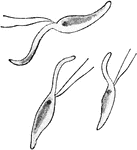
Volvox
Under certain circumstances some cells may store up food matters beome eggs, while others, known as…

United States Department in the Crystal Palace
This view of the United States Department at the Great Exhibition of 1851 depicts people viewing exhibits…

Flag of the European Union, 2009
Color flag of European Union Blue field with 12 five-pointed gold stars arranged in a circle in the…

Flag of the European Union, 2009
Black and white outline flag of European Union Blue field with 12 five-pointed gold stars arranged in…

Flag of Honduras, 2009
Color flag of Honduras. The flag consists of three horizontal bands of equal width. The two outer cerulean…

Flag of Honduras, 2009
Black and white outline flag of Honduras. The flag consists of three horizontal bands of equal width.…

Flag of the United Kingdom, 2009
Color flag of the United Kingdom. Blue field with the red cross of Saint George (patron saint of England)…

Flag of the United Kingdom, 2009
Black and white outline flag of the United Kingdom. Blue field with the red cross of Saint George (patron…

Egg Germination
"Further development of hen's egg; after Haeckel: A, the mulberry mass of cleavage cells, b, same as…

Falcons
"Falcons. Bill furnished with a sharp tooth and notch near the end of the cutting edge of the upper…
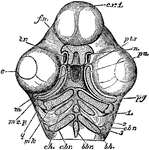
Skull of a Chick Below
"Skull of a chick, but seen from below. cv1, anterior cerebral vesicle; e, eye; m, mouth; pts, pituitary…

Union Park Railway Car on a Rail Transport System
This railroad car is a vehicle that is used for the carrying of cargo or passengers. These cars can…

Union Suit
A union suit is a type of one-piece long underwear. These are traditionally made from red flannel with…
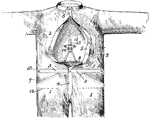
Union Overall Garment
This Union overcall garment was used as a suit which is still commercially available. Depending on the…
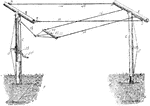
Clothes Line Support for Hanger
A hanger that is shaped like a person's shoulders and used to hang garments on is used in union with…
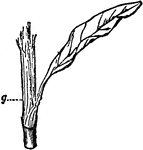
Stem and Leaf Part of Polygonum
"Polygonaceae, a natural order of Dicotyledons, containing 30 genera with about 700 species, chiefly…
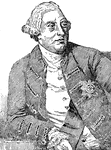
George III
The King of Great Britain and King of Ireland until their union in 1801. He continued his reign over…
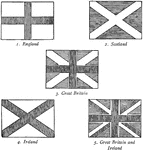
The Union Jack
"The Act of Union with Scotland (1707) required that England and Scotland should have one flag made…

Union Flag
"Congress also enacted that the Union Flag should be 'thirteen stripes, alternate red and white, and…
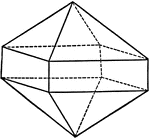
Union of a Pyramid and a Prism of the Same Order
This illustration shows the union of a pyramid and a prism of the same order.
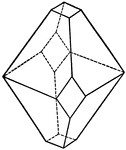
Union of a Pyramid and a Prism of Different Orders
This illustration shows the union of a pyramid and a prism of different orders.
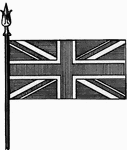
Union (National) Flag of Great Britain
The Union Flag is the national flag of Great Britain. It is more properly called the 'Great Union',…
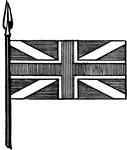
Union Flag: Crosses of St. George, St. Andrew, and St Patrick
The Union Flag after the Union of Ireland and Great Britain, and the addition of the cross of St. Patrick.
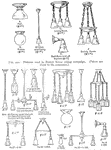
Light Fixtures
Fixtures used in a Boston house wiring campaign. (Listed at consumer price). Fixtures sold in finished-building…

Gaine's Mill
Soldiers capturing a cannon. Depiction of the Battle of Gaine's Mill during the Civil War. It was the…
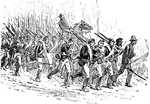
Irish Brigade
"The Irish Brigade to the Rescue." The Irish Brigade was an infantry brigade made up of mainly Irish…
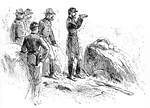
Little Round Top
A war council at the top of Little Round Top in Gettysburg, Pennsylvania. It was the site where the…

Final Charge at Gettysburg
The final charge of the Battle of Gettysburg. Both the Confederates and the Union lost thousands of…

General Custer
General George Armstrong Custer with a Union spy. Custer is most known for his "last stand" at the Battle…

Fort Steadman
The Battle of Fort Steadman was one of the Confederacy's last attempts to besiege Petersburg, Virginia.…
Sleeve Nut
"A double nut which has right-hand and left-hand threads for attaching the joint-ends of rods or tubes;…
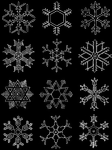
Snowflakes as Described by William Scoresby
"The aqueous vapor of the atmosphere precipitated in a crystalline form, and falling to the earth in…



